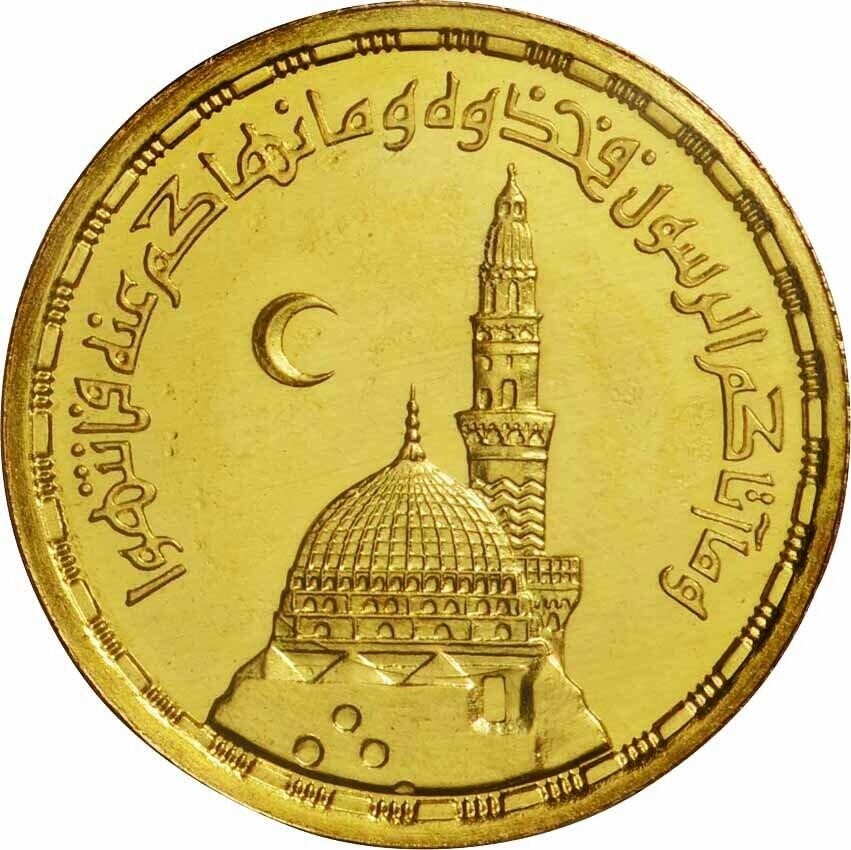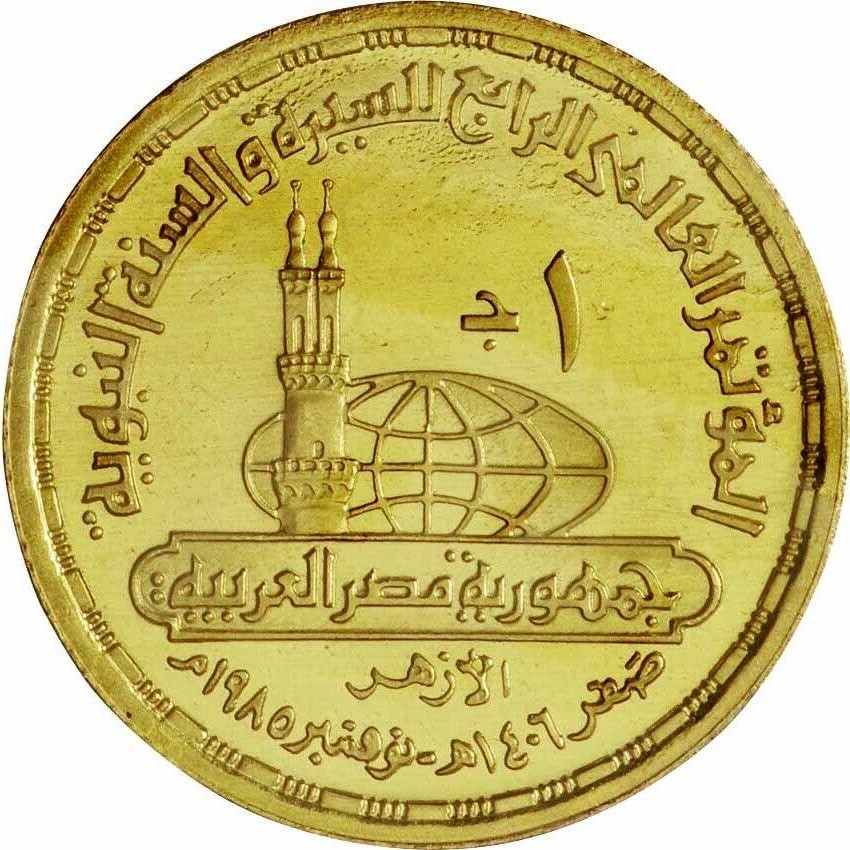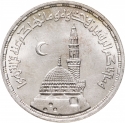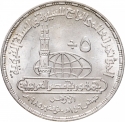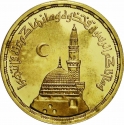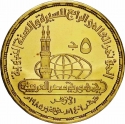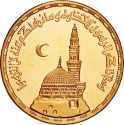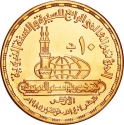You are about to finish your registration. Please check your mailbox (including spam folder). There should be a letter with a confirmation link. Check setting to make sure that your e-mail address is correct.
Send letter againDescription
In Islam, Sunnah (Arabic: سنة, sunnah), are the traditions and practices of the Islamic prophet, Muhammad, that constitute a model for Muslims to follow. The sunnah is what all the Muslims of Muhammad's time, evidently saw and followed and passed on to the next generations.
As-Seerah an-Nabawiyyah (Arabic: السيرة النبوية, romanized: as-Sīrah an-Nabawiyyah), commonly shortened to Sīra, and translated as prophetic biography, are the traditional Muslim biographies of Muhammad from which, in addition to the Quran and trustable Hadiths, most historical information about his life and the early period of Islam is derived.
Obverse

|
Depicts the Prophet's Mosque (Dome and Minaret of the mosque) and crescent above. The seventh verse of chapter 59 from the Holy Quran "And whatever the Messenger has given you - take; and what he has forbidden you - refrain from" above. و ما اتاكم الرسول فخذوه وما نهاكم عنه فانتهوا |
|---|---|
Reverse

|
Depicts the Minaret of Al-Azhar Mosque, the globe behind it and the state name "Arab Republic of Egypt" below. Denomination above the globe, dates (Hegira and Gregorian) below. The inscription "4th International Conference of the Prophet Sunnah and Sira" above. المؤتمر العالمي الرابع للسيرة والسنة النبوية |
| Edge |
Related coins
4th International Conference of the Prophet Sunnah and Sira
